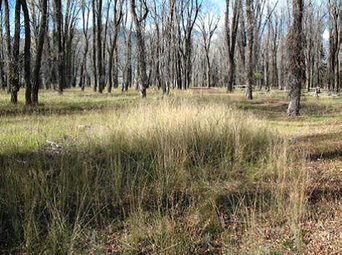Ecological Restoration
Sagebrush steppe ecosystems
Montane forest ecosystems
Riparian ecosystems
Wetland ecosystems
Aquatic ecosystems

The Society for Ecological Restoration defines ecological restoration as “the process of assisting the recovery of an ecosystem that has been degraded, damaged, or destroyed.” Biota’s team of professionals has years of experience with designing and implementing sound ecological restoration projects in both aquatic and terrestrial ecosystems throughout the Intermountain West. From high plains sagebrush steppe restoration to riparian cottonwood forest restoration, we incorporate our knowledge of the ecosystem’s preexisting structure, data from intact reference ecosystems, and other principles of restoration ecology to set degraded ecosystems on a trajectory towards improved biological integrity, resiliency, stability.

It is often difficult or impossible to restore these systems to their historic or pre-disturbance state due to contemporary constraints (e.g., human development, altered hydrology, etc.). In such cases, we focus on reclamation to halt or reverse the degradation, stabilize the landscape, and reestablish ecosystem functions. We utilize findings from the most current restoration research and employ innovative restoration and reclamation techniques to ensure that the target ecosystems are healthy and self-sustaining.
